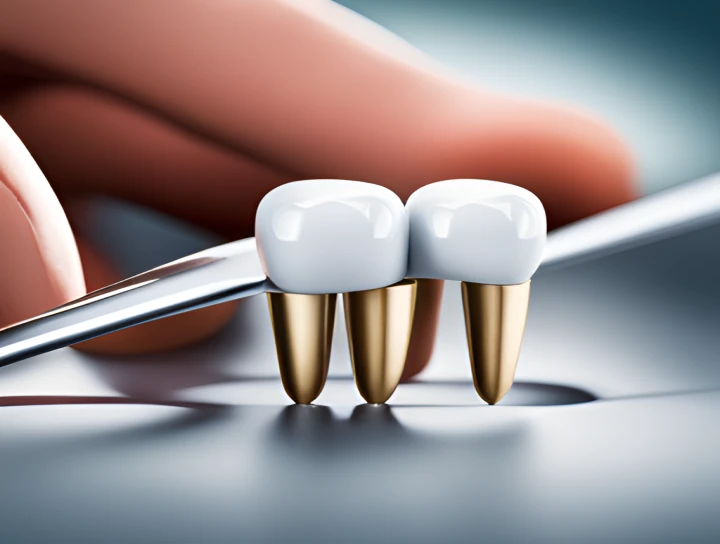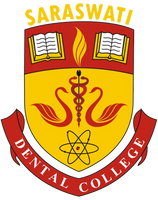
The vitality of the pulp is important for the maintenance of the structural integrity and normal physiological characteristic of teeth.
The development of minimally invasive biologically based therapies aimed at preservation of the pulp vitality; remains the key issue in modern-day Endodontics.
ORIENTATION FOR THE FUTURE PULP CAPPING AGENTS:
Enzymes - Heme-Oxygenase-1:
Heme oxygenase-1(HO1) is the rate-limiting enzyme in heme catabolism. HO-1 induction protects against hypoxic stress and nitric oxide-mediated cytotoxicity.
HO-1 might play a cytoprotective role against pro-inflammatory cytokines and nitric oxide in human pulp cells.
Cobaltic protoporphyrin IX (CoPP) induction of HO-1 in HDPCs increased cell growth and mineralization and up-regulated the messenger RNA expression of odontoblastic markers such as alkaline phosphatase, osteopontin, bone sialoprotein, protein-1matrix dentin, and phosphoprotein dentin sialo. It described HO-1 ‘ s capability as a material for pulp capping.
Simvastatin:
Statins are structural analogs of HMG-CoA (3-hydroxy-3-methylglutaryl-coenzyme A). These drugs are the first-line for hyperlipidemia and it has been documented to be safe.
Statins have multiple functions including anti-inflammation, induction of angiogenesis, and improvement of the vascular endothelial cell function. Also, it has been shown to promote osteogenesis. They promote mineralization in non mineralizing osteoblasts through induction of BMP-2 and osteocalcin.
Growth Factors and Signaling molecules:
Growth factors act on specific cell surface receptors that can later transmit their growth signals to other intracellular components and eventually result in altered gene expression.
Bone Morphogenic Protein (BMP)
BMP-2, 4, and 7 plays a role in the differentiation of adult pulp cells into odontoblasts during pulpal healing.
BMPs are responsible for dentinogenesis, inducing non differentiated mesenchymal cells from the pulp to form odontoblast-like cells, obtaining osteodentin, and tubular dentin deposition when used as direct protectors. BMP-7 application in direct pulp capping can enhance and accelerate pulp healing.
Other growth factors:
Recombinant Insulin-Like Growth Factor-I (rhIGF-I) and Transforming Growth Factor Beta1 (TGF-β 1) have been shown to enhance dentinal bridge formation in molars.
Heat Shock Proteins:
Direct pulp capping procedures include administration of Local Anesthesia and cavity preparation. This exposes the pulp to heat stress and reduced blood flow. Due to its inherent nature, pulp possesses the ability to resist this thermal stress and ischemia.
It was also demonstrated that pre-treated odontoblastic cells with the fever-range heat stress (41°C) survived with odontoblast-like properties after lethal heat stress, with the accumulation of heat shock proteins (HSPs) and the cell-cycle arrest.
HSPs may also be one of the biological molecules which can be considered as pretreatment agents for direct pulp capping.
Stem cells:
Adult stem cells possess the capacity of self-renewal and multilineage differentiation which helps in playing a crucial role in postnatal tissue development and provide an attractive progenitor cell source for tissue engineering and regenerative medicine.
Dental pulp stem cells (DPSCs), Stem cells from Human Exfoliated Deciduous Teeth (SHED), and bone marrow stem cells (BMSCs) which can differentiate into multiple mesenchymal cell lineages are putative candidate cells for tooth and bone tissue engineering.
Scaffolds:
Scaffolds are three-dimensional (3D) porous solid biomaterials designed which promote cell-biomaterial interactions, cell adhesion, and ECM deposition; permit sufficient transport of gases, nutrients, and regulatory factors to allow cell survival, proliferation, and differentiation; while causing less toxicity.
Platelet‑rich fibrin (PRF)
PRF was demonstrated to promote cell proliferation and osteogenic differentiation in human dental pulp cells.
Chitosan:
Chitosan is nontoxic, easily bioabsorbable, shows antibacterial activity, has the gel-forming ability, increases alkaline phosphatase activity, shows fibroblast, and odontoblastic proliferation. It is porous and promotes cell attachment.
Conclusion
Recent advancements in biomedical engineering have urged the transition towards minimally invasive therapy techniques in the field of Restorative Dentistry & Endodontics.
This review has detailed the current and the future materials which are/can be employed to preserve the vitality of the pulp.


No Any Replies to “ORIENTATION FOR THE FUTURE”
Leave a Reply